Observations from Cyprus: Border Walls and the Idea of the “Other”, by Tiana Geukdjian
By Tiana Geukdjian, student at the University of Victoria
As a young teenager, I spent a lot of time on one side of a border wall. After growing up in Canada, my family moved to the south side of the island of Cyprus when I was nine, and I was introduced quickly to the idea of the “other” and of “us versus them”. Much like the current refugee crisis in Europe and the immigration issue in the United States, there was little discussion about the people on the other side of the wall; the focus was instead on the collective whole. The Turkish invaders. The unwelcome. The unjust. My Cypriot family members never referred to the people in the north as Cypriot. They were outsiders. They were invalid.
The border in Cyprus is not like the border in Canada – there is a palpable tenseness, of imminent action. There is a Turkish flag on a mountain, created out of painted oil barrels driven into the ground, that is visible from most of the main areas in the south. It lights up at night, to remind everyone: we are here. As a child, I would sit and watch it at night after dinner, beginning to feel somehow wronged without understanding why, without even fully comprehending the history of the war. My family would watch next to me as the flag lit up, as they shook their heads and then averted their eyes.
When we walked through the main city of Nicosia during the day, there was always a jarring moment when exploration was halted by border guards standing next to barbed wire and piles of sandbags. The wall divides the city itself in half – it is not only out in the countryside, away from everyday exposure. Each day, both sides of the wall were reminded of its presence.
What does this do for reunification? For facilitating a conversation between both parties? It has been over fifty years since the war in Cyprus, and yet the idea of a solution has never been more than a hope. A border wall is not only a physical barrier, but a conversational one. This lesson has followed me, as we look at the border walls being erected throughout the world today. Specifically, in parts of Europe that are using them as a means to deal with the migrant crisis, or in the southern United States as a means to deal with illegal immigration.
Securing the borders with walls merely reinforces the idea of the “other”, even if that “other” is not fully understood. It prevents insight and humanism, two things that are key if there is hope of a solution in the future. Instead, it merely promotes categorization into groups we can dismiss or invalidate. Shaking our heads and averting our eyes does not solve the crisis, just as it did not solve the division of Cyprus.
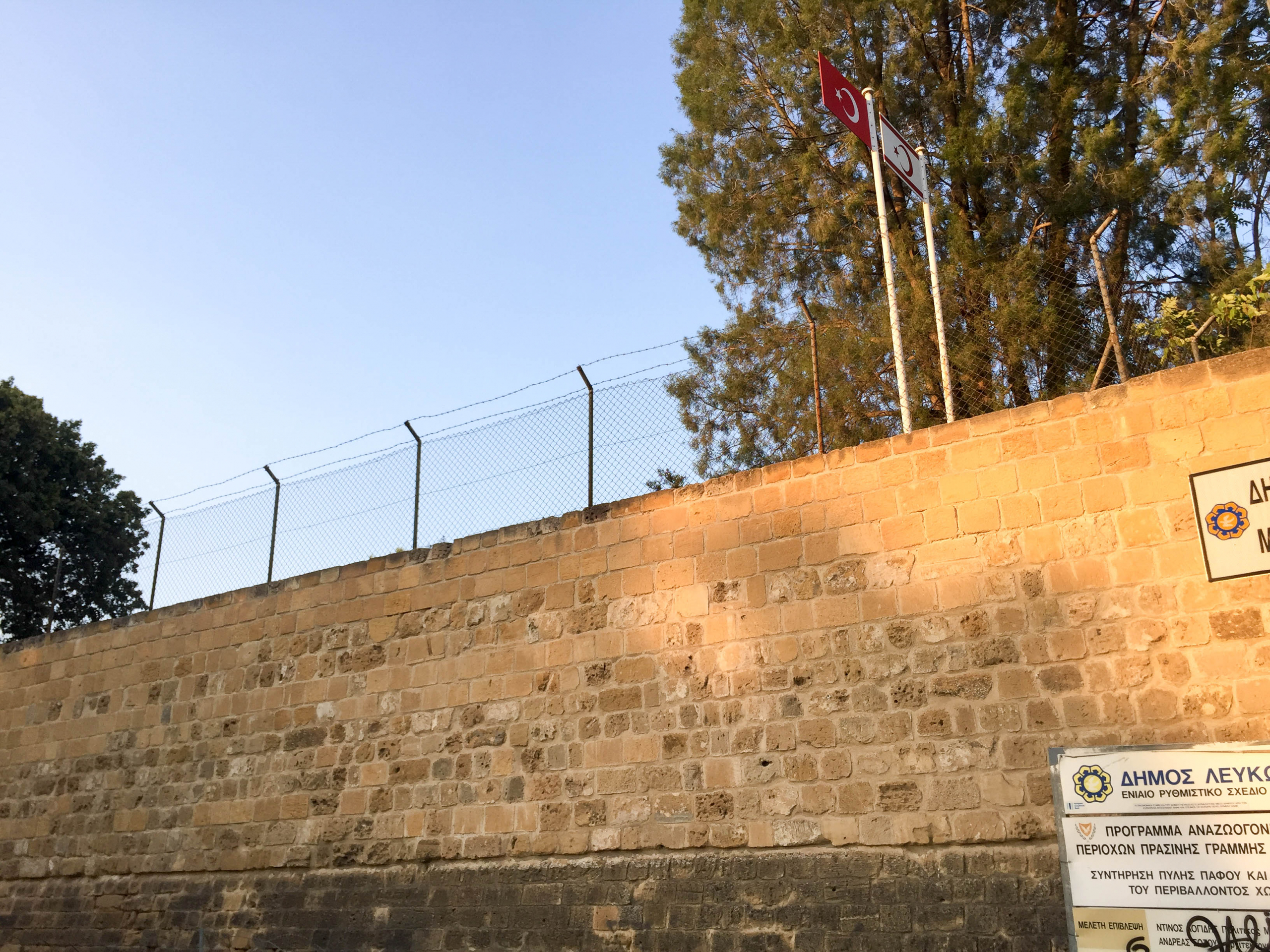

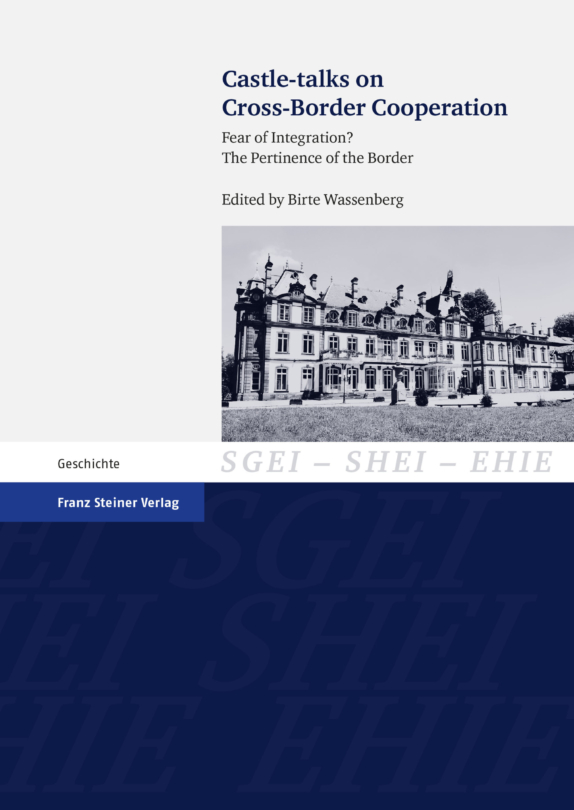
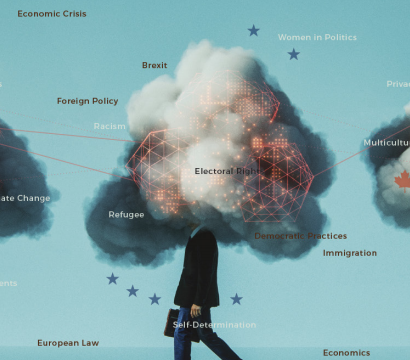
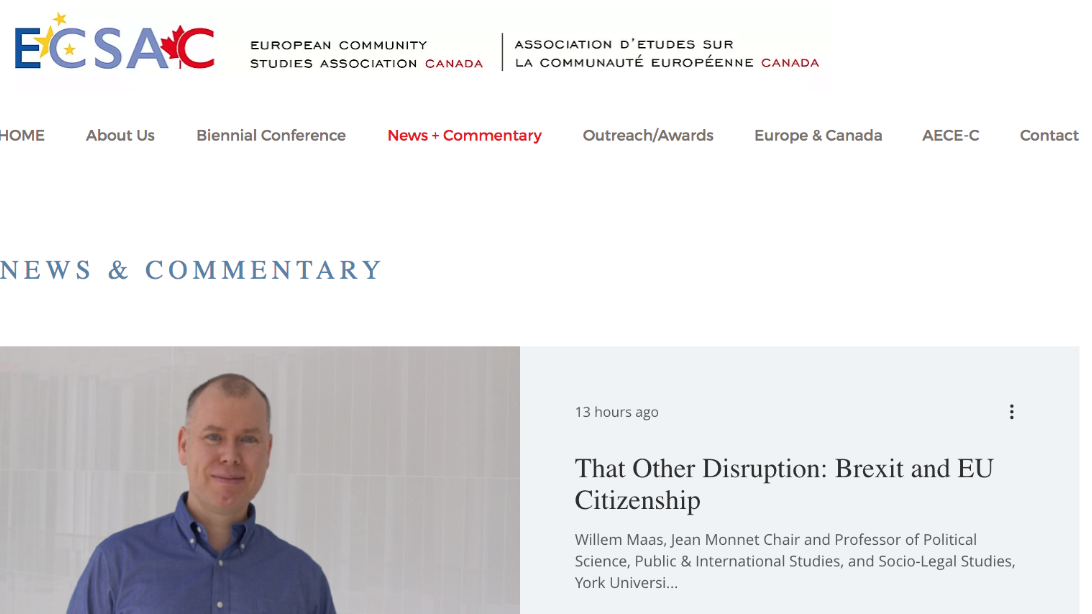

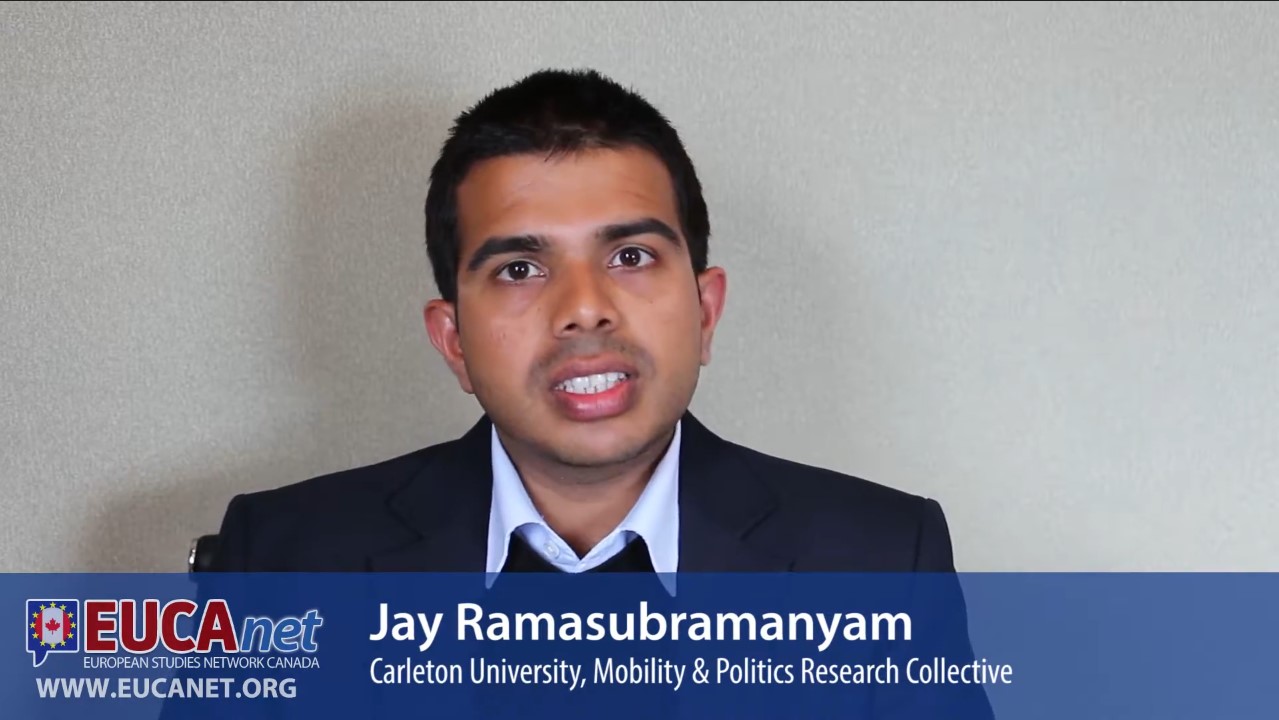
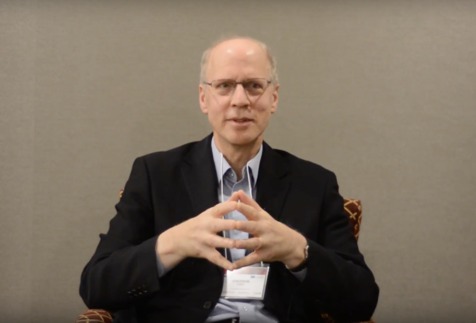



Leave a Reply
Want to join the discussion?Feel free to contribute!